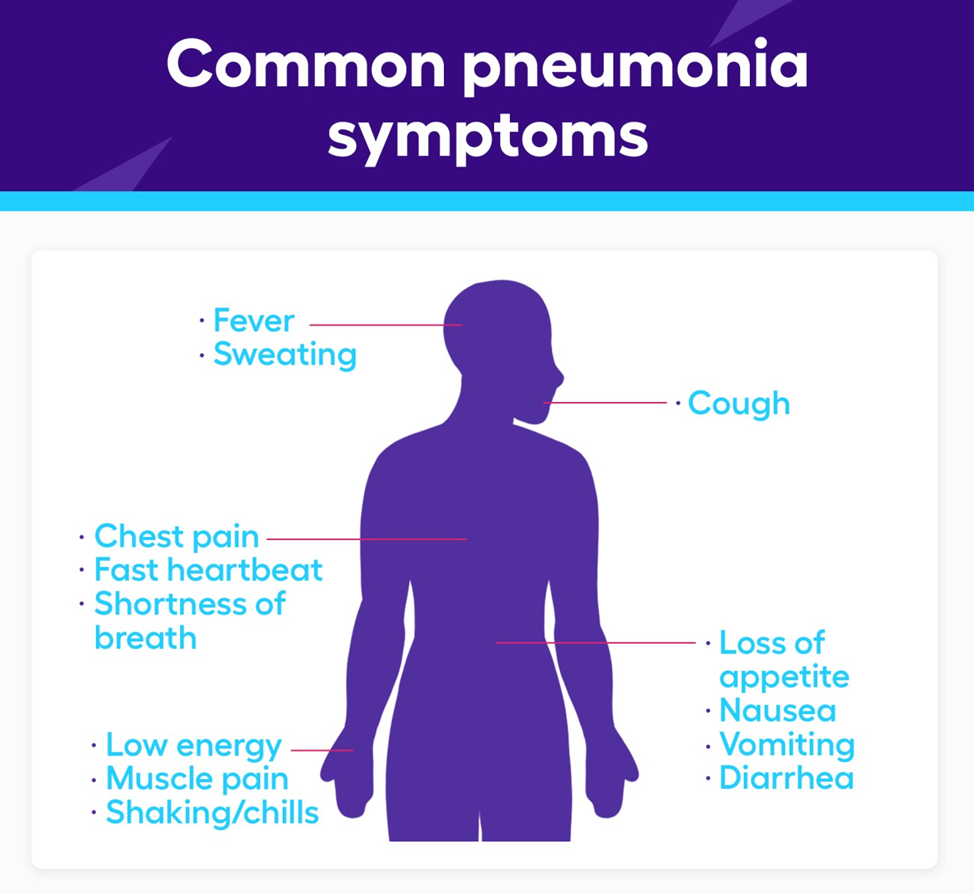A nurse is providing teaching about nonpharmacological pain management to a client who has osteoarthritis. Which of the following Instructions should the nurse include in the teaching?
Take a hot shower every day.
Place a large pillow under the knees when sleeping.
Limit dietary intake of phosphorus.
Place an ice pack directly on the skin of the affected joints.
The Correct Answer is A
A: Warm showers can help relieve stiffness and pain associated with osteoarthritis by improving circulation and relaxing muscles.
B: Placing a large pillow under the knees can actually exacerbate joint stiffness and pain in osteoarthritis by forcing the knee into a bent position.
C: There is no specific recommendation to limit dietary phosphorus for osteoarthritis pain management.
D: Placing an ice pack directly on the skin can cause frostbite and damage to the skin; it should be wrapped in a cloth first.
Nursing Test Bank
Naxlex Comprehensive Predictor Exams
Related Questions
Correct Answer is D
Explanation
A. While completing an incident report is important for addressing the medication error and implementing corrective actions, the immediate priority is to assess the client's condition for signs of bleeding, which could be life-threatening.
B. Monitoring aPTT levels is important to assess the client's response to heparin therapy, but it does not address the immediate risk of bleeding from the overdose.
C. Notifying the risk manager is essential for reporting the medication error and implementing strategies to prevent future occurrences, but the nurse's first action should be to assess the client's condition for any indications of bleeding.
D. Administering a high dose of heparin increases the risk of bleeding, so the nurse should first assess the client for any signs or symptoms of bleeding, such as unexplained bruising, hematuria, or hypotension, to ensure timely intervention and prevent complication.
Correct Answer is A
Explanation
A. Fever is a common manifestation of bacterial pneumonia, as it indicates the body's immune response to infection. Other typical symptoms include cough, shortness of breath, chest pain, and sputum production.
B. Drooling is not typically associated with bacterial pneumonia but may occur in conditions such as epiglottitis or aspiration pneumonia.
C. Tinnitus is not a characteristic manifestation of bacterial pneumonia but may occur with other conditions affecting the ear.
D. Steatorrhea refers to fatty stools and is not associated with pneumonia.

Whether you are a student looking to ace your exams or a practicing nurse seeking to enhance your expertise , our nursing education contents will empower you with the confidence and competence to make a difference in the lives of patients and become a respected leader in the healthcare field.
Visit Naxlex, invest in your future and unlock endless possibilities with our unparalleled nursing education contents today
Report Wrong Answer on the Current Question
Do you disagree with the answer? If yes, what is your expected answer? Explain.
Kindly be descriptive with the issue you are facing.
